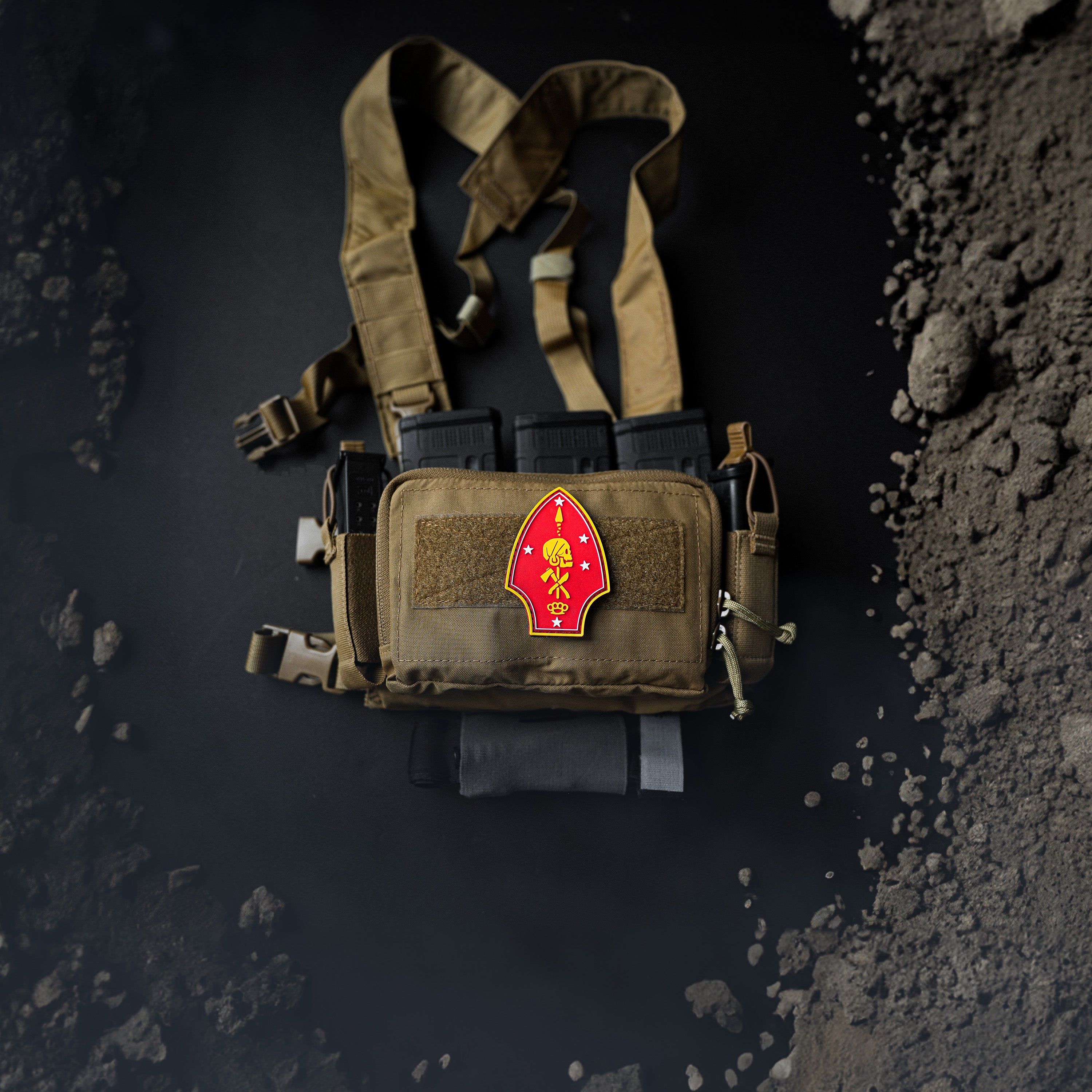
US says Arunachal Pradesh region is part of India, amid Indo-China tensions
PHOTO CAPTION: Illustrative photo — An Indian Central Reserve Police Force (CRPF) personnel stands guard at a checkpoint along a highway
By Kanishka Singh and Daphne Psaledakis
WASHINGTON (Reuters) - The U.S. government recognizes Arunachal Pradesh as part of India and "strongly opposes" any unilateral attempts to advance territorial claims in the northeastern Indian state that shares a border with China, the U.S. State Department said on Wednesday.
WHY IT IS IMPORTANT
Nuclear-armed neighbors China and India share a 3,000-km (1,860 mile) frontier, much of it poorly demarcated.
China claims Arunachal Pradesh as part of southern Tibet. New Delhi rejects the claim, saying Arunachal Pradesh has always been a part of India. India's foreign ministry said on Tuesday that China was making "absurd claims" over Arunachal Pradesh, adding that it will always be an "integral and inalienable part of India."
KEY QUOTES
"The United States recognizes Arunachal Pradesh as Indian territory and we strongly oppose any unilateral attempts to advance territorial claims by incursion or encroachments, military or civilian across the Line of Actual Control," a State Department spokesperson said in a press briefing.
CONTEXT
At least 20 Indian and four Chinese soldiers were killed in 2020 in clashes along their border in the western Himalayas.
The militaries of both countries have fortified positions and deployed extra troops and equipment along the border since those clashes. Both sides fought a border war in 1962.
In recent years, analysts have noted that the U.S. and India have advanced bilateral ties to counter the rising influence of China in the Asian and Indo-Pacific regions.
The U.S. and China have had tense relations of their own for years over issues like trade tariffs, the origins of the COVID-19 pandemic, human rights, Taiwan and China's national security law in Hong Kong, among others.
(Reporting by Kanishka Singh and Dapnhe Psaledakis in Washington; Editing by Josie Kao)









